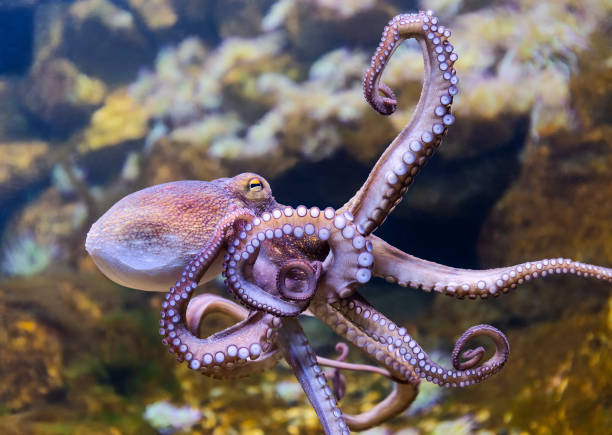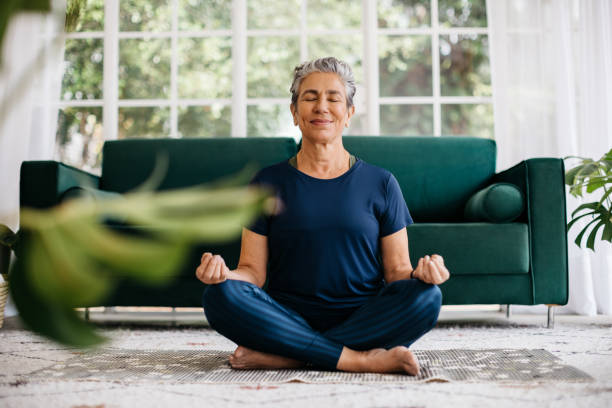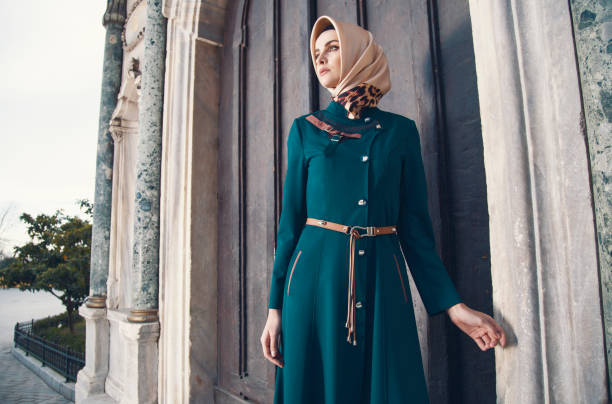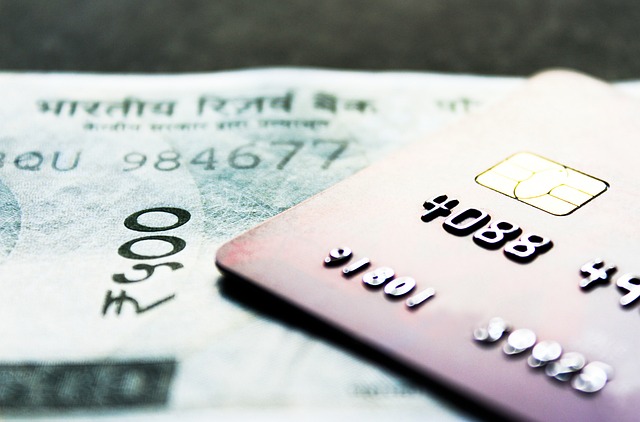The Renaissance of Traditional Korean Beauty Rituals in Modern Wellness
The beauty and fitness industry is a perpetually evolving landscape, fueled by relentless innovation and the ceaseless human pursuit of self-improvement. While modern science and technology have undeniably contributed to the industry's growth, there's an increasing trend of looking back to ancient wisdom for inspiration. One such ancient practice experiencing a renaissance is the traditional Korean beauty rituals, which have been steadily gaining global recognition. This article delves into the historical context, current trends, and industry impact of these traditional Korean beauty practices.
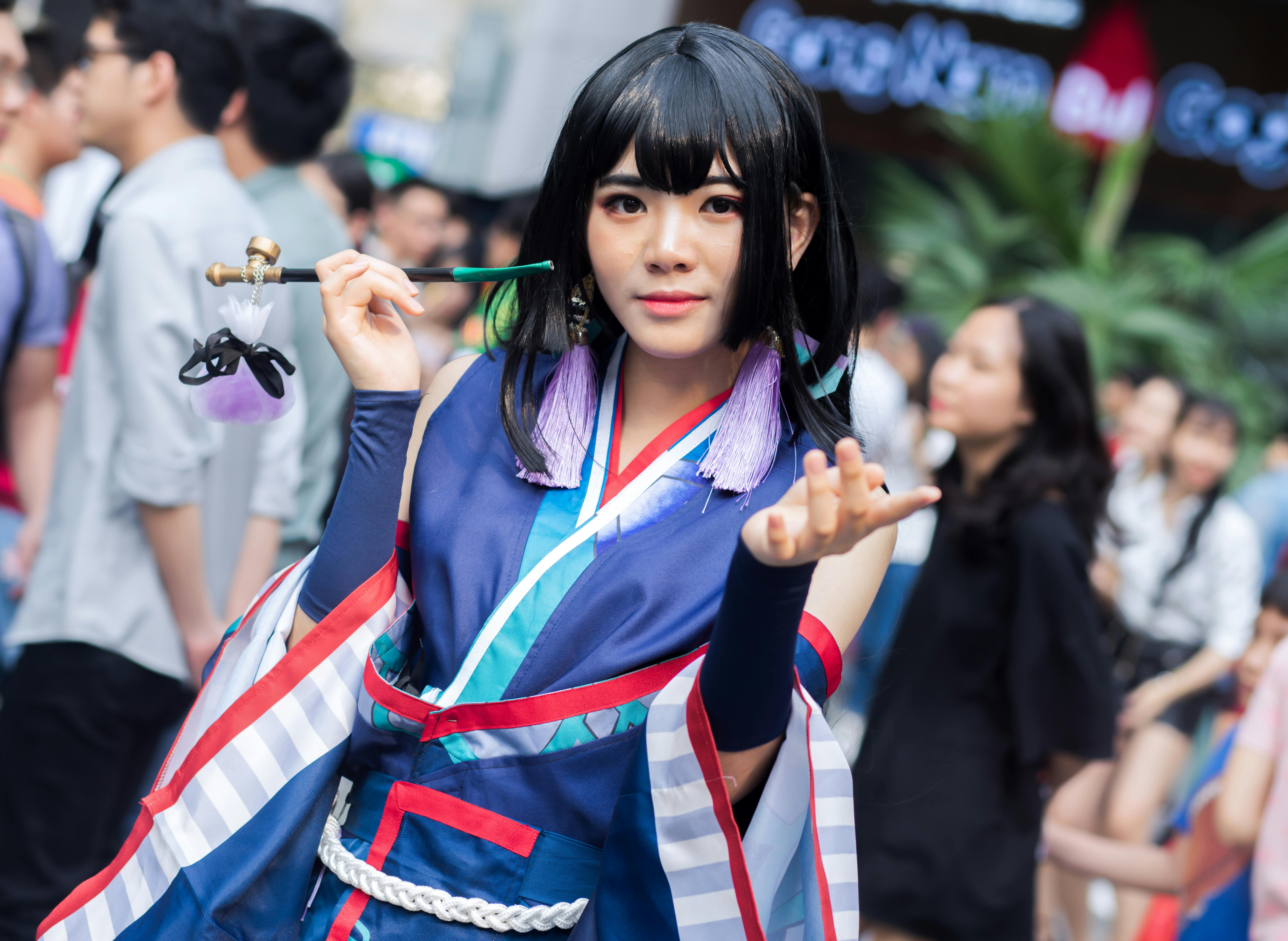
A Journey Back in Time: The Origins of Korean Beauty Rituals
Long before the advent of the global K-beauty phenomenon, traditional Korean beauty practices were deeply ingrained in the local culture. Rooted in a holistic view of health and wellness, these practices emphasized the inseparable connection between physical appearance and inner well-being. The historical text, “Gyuhap Chongseo,” written during the Joseon Dynasty (1392-1910), is a testament to this philosophy, detailing various beauty and wellness rituals for women.
The Rise of K-Beauty and the Return to Roots
The global K-beauty surge in the 21st century, marked by innovative products like BB creams and sheet masks, has brought Korean beauty practices to the forefront. However, the recent trend shifts towards a more holistic approach, revisiting the time-honored rituals that place equal emphasis on inner health and outer beauty. This shift is evident in the increasing popularity of ‘Hanbang’, traditional Korean herbal medicine, in skincare products and the renewed focus on ‘Goun Method’, a Korean bodywork practice.
The Benefits and Market Relevance of Traditional Korean Beauty Rituals
Incorporating traditional Korean beauty practices into modern routines offers numerous benefits. ‘Hanbang’ ingredients, loaded with antioxidants, promote skin health, while the ‘Goun Method’ aids in detoxification and stress relief. The market relevance of these practices is undeniable, with the K-beauty market projected to reach USD 21.8 billion by 2026. Brands incorporating these traditional elements are experiencing significant growth, reflecting the consumers’ growing interest in these rituals.
The Impact on the Beauty and Fitness Industry
The resurgence of traditional Korean beauty rituals has far-reaching effects on the beauty and fitness industry. It has prompted brands to reimagine their product lines, incorporating traditional ingredients and philosophies. Moreover, it’s challenging the definition of beauty, shifting it from a superficial concept to a holistic one, encompassing mental, physical, and spiritual wellness.
Evidence-based Claims and Recommendations
Modern science validates the benefits of traditional Korean beauty practices. For instance, studies confirm that ‘Hanbang’ ingredients, like ginseng, have potent antioxidant and anti-inflammatory properties. As for the ‘Goun Method,’ research suggests that bodywork practices can significantly reduce stress levels. Therefore, incorporating these traditional practices into daily routines could be beneficial for achieving holistic wellness.
The renaissance of traditional Korean beauty rituals is a testament to the beauty and fitness industry’s dynamic nature. This trend, blending ancient wisdom with modern science, promises a more holistic approach to beauty and wellness. As we move forward, it will be intriguing to see how these time-honored practices continue to reshape the industry.
